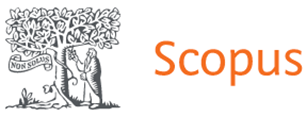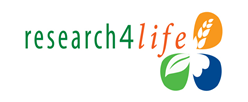Landscape and its Functions in the Stories of “Christmas Tree” by Mykhailo Kotsiubynskyi and “Pine Tree” by Olena Pchilka
DOI:
https://doi.org/10.15330/jpnu.8.1.148-154Keywords:
education, students, integration, synthesis of arts, fiction, landscape, story, title, image, detail, landscape, contrast, symbol, plot, problemsAbstract
The article proves that the implementation of a comprehensive approach to the aesthetic education of students in NUS involves, along with the traditional teaching of subjects, their integration, in particular in the humanitarian, artistic cycle. “The concept of artistic and aesthetic education of students in secondary schools” indicates the need to take into account interdisciplinary, intersectoral links within modern school education because educational processes provide rational, aesthetic, and emotional understanding of the phenomena of the surrounding reality. The article points out that the concept of landscape is interdisciplinary and is used in various fields of art, including literature, which influences the formation of personality, helps gain some knowledge about the environment, the relationship between people and nature. The article analyzes the functions of landscapes in children's stories “Christmas Tree” by Mykhailo Kotsiubynskyi and “Pine Tree” by Olena Pchilka in detail. Attention is paid to the consonance of the names of works of art. It is proved that titles implicitly outline the time of action and are projected on the plot. The creative style of Olena Pchilka and Mykhailo Kotsiubynskyi is characterized by the “revival” of nature. On the background of winter landscapes, the writers depict the lives of different segments of the population, customs and traditions associated with Christmas. It is indicated that landscapes perform both pictorial and characterological functions. Describing the preparation for Christmas, the writers appeal to the use of contrasts, which helps reveal social issues. In both works, the symbolic marker of wealth/poverty is a Christmas tree/pine tree. Descriptions of the winter elements evoke tragic premonitions. The emotionality of the story emphasizes the rupture of phrases, the accumulation of exclamatory and interrogative constructions. It is shown that landscapes convey the inner experiences of the characters, who successfully overcome all the difficulties and return home. By resorting to the synthesis of arts, using visual materials and musical accompaniment, teachers can develop students' associative thinking and teach to comprehensively analyze information. Analyzing the stories “Christmas Tree” by Mykhailo Kotsiubynskyi and “Pine Tree” by Olena Pchilka, students consider not only the topics and issues, but also comprehend the processes of human interaction with nature, which serves to form a humane attitude to the environment and develops aesthetic feelings.











